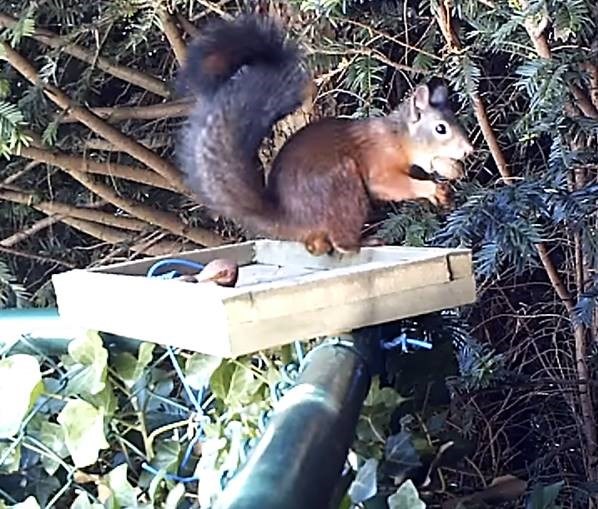In this business, we occasionally get called out to a house, for a pest issue, that happens to be a hoarder house. Now the definition of a hoarder is roughly anyone that feels the need to find, collect, keep or pack any and everything - but is rarely organized i.e. a pack rat. In the local animal kingdom, as summer dwindles, many animals begin preparing for winter by hoarding food. Of course, squirrels usually come to mind when we think of amassing food, but other animals stockpile food as well. The local vagrant shrew strategy for making sure their stored food doesn’t go bad is to inject its prey with toxic saliva that paralyzes the animal until it gets around to eating the comatose victim. Our moles store live earthworms underground by tearing into their heads causing a debilitating injury; the worms are then unable to escape. Moles can have as many as 500 worms stockpiled this way for those cold nights in the trenches. Ants will prey on all kinds of insects, including other ants, bringing back the bits and pieces of the dead insects to be stored in their nest. The body parts are stored just under its mound to dry, making insect jerky that is consumed later. Also, some ants store food in an organ called the “crop” or social stomach. The dry food is mixed with little digestive enzymes that can be stored for days before it is regurgitated for its fellow ants. Fiddler crab accumulation carrion and dregs, containing food particles, in their burrows for rainy days when foraging becomes difficult. And finally, let’s put a plug in for the squirrels. We all know about the seeds and nuts those squirrels amass, but did you know that squirrels pick and dry out mushrooms, storing them right next to the nuts in their pantries.


